Moments in the Bible that history has confirmed to be true
Exploring the intersection of faith and history can be quite the adventure. It’s like uncovering a treasure trove of stories that have shaped our world.
The Bible, while a religious text, also serves as a historical document that offers glimpses into the lives and events of ancient times. By delving into its narratives, we can uncover fascinating links to real historical events and figures, merging the realms of belief and history in intriguing ways.
The Existence of Ancient Israel: A Historical Perspective
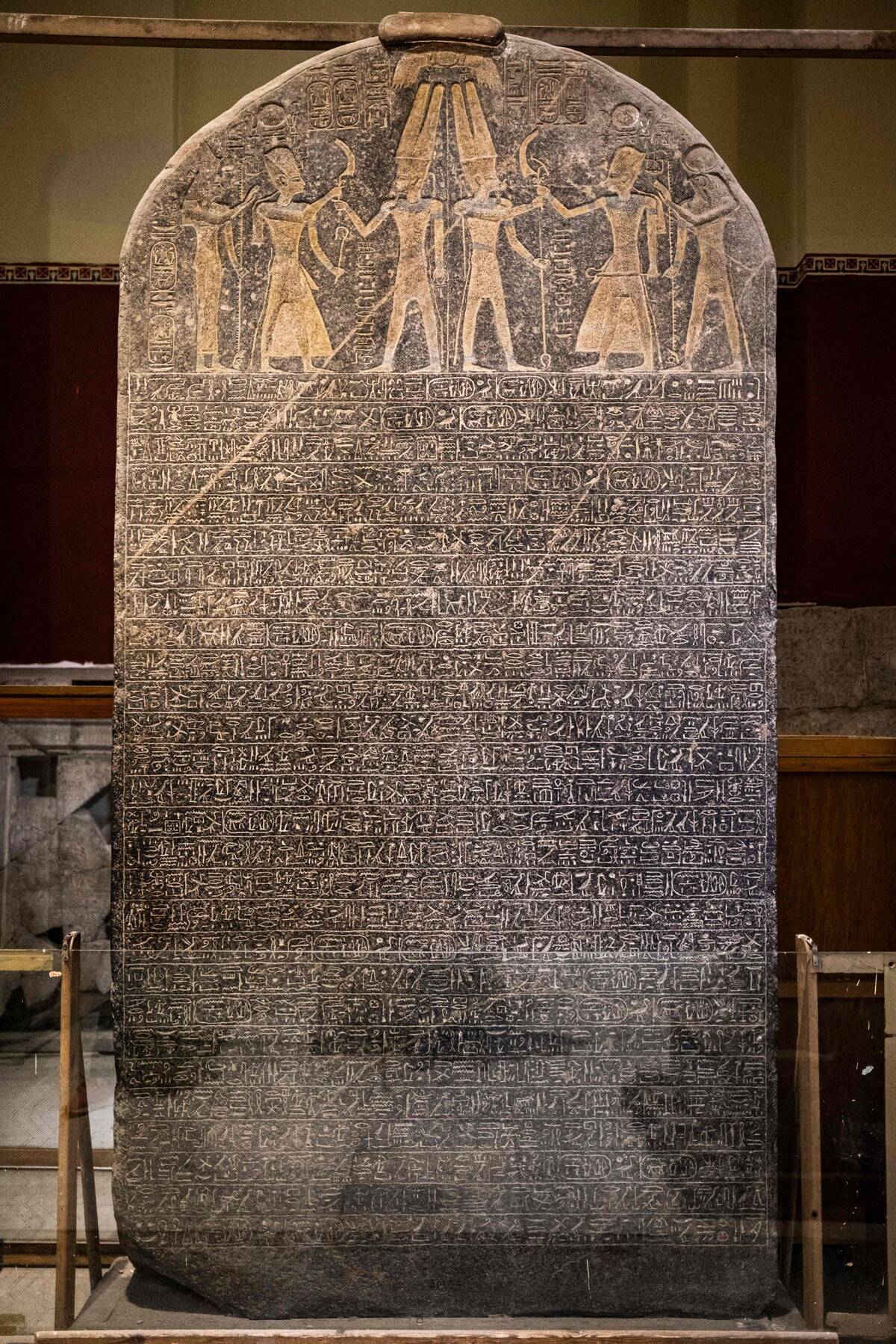
Ancient Israel holds a pivotal position in historical discourse, and its existence is supported by several archaeological finds. The Merneptah Stele, an Egyptian artifact dating back to 1208 BCE, includes the earliest known reference to ‘Israel,’ affirming its presence in the ancient Near East.
Inscriptions and relics from neighboring civilizations further corroborate the existence of a distinct Israelite culture, allowing us to piece together its historical tapestry with more confidence.
The Great Flood: Traces in Ancient Narratives
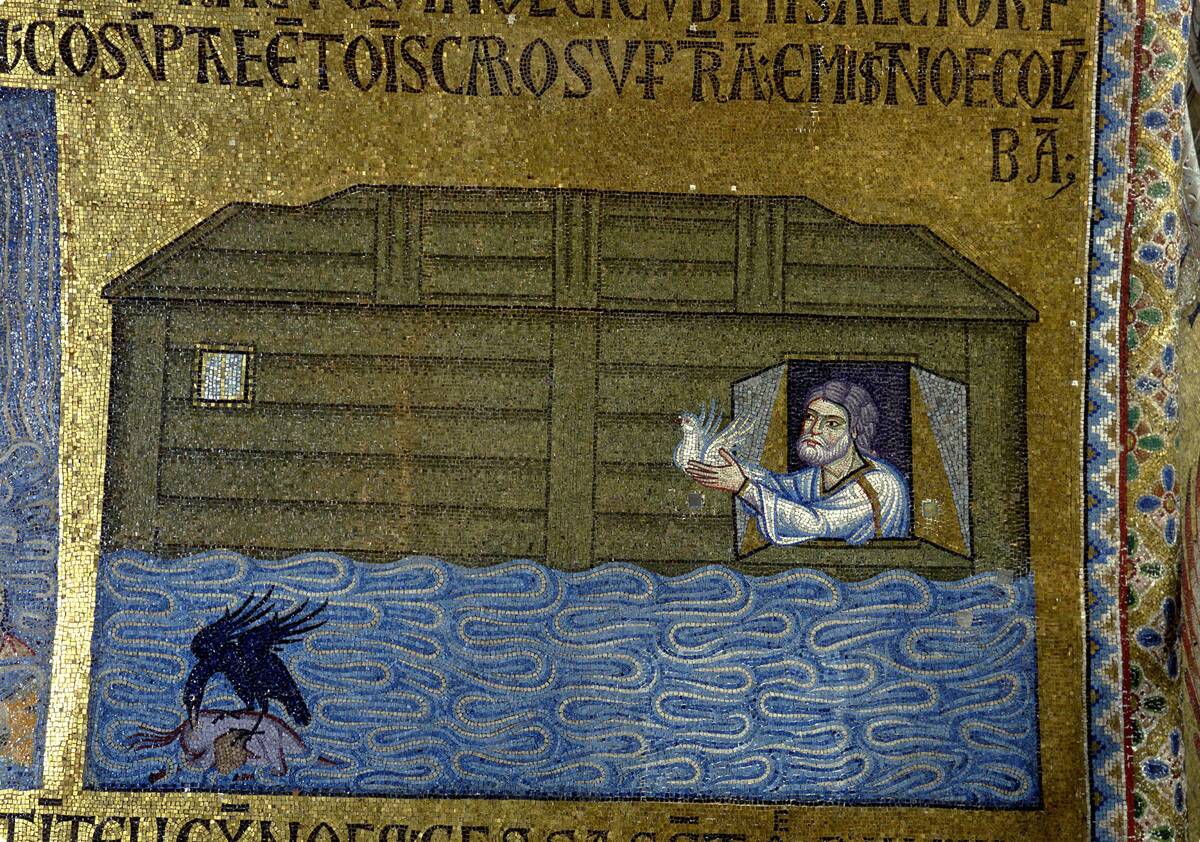
The story of the Great Flood is a fascinating narrative found in many ancient cultures, not just the Bible. The Epic of Gilgamesh, an ancient Mesopotamian poem, contains a flood myth strikingly similar to the biblical account.
Scholars suggest these tales reflect collective memories of catastrophic flooding events in the ancient world. According to PBS, geologists have found evidence to suggest that a flood massive enough to fit the description of these great flood narratives did occur at the end of the last Ice Age 7,000 years ago.
The City of Jericho: Unraveling the Walls

Jericho, often called the oldest city in the world, has been a focal point for biblical archaeology. Excavations have revealed multiple layers of habitation, with evidence of collapsed walls dating to around 1400 BCE, aligning with the biblical narrative of Joshua.
Rather than the result of his army’s divinely enhanced shouts, however, NASA’s Earth Observatory suggests that the walls of Jericho (now known as Tell es-Sultan) were likely destroyed and reconstructed so many times due to earthquakes that commonly affect that region.
The Reign of King David: Archaeological Finds
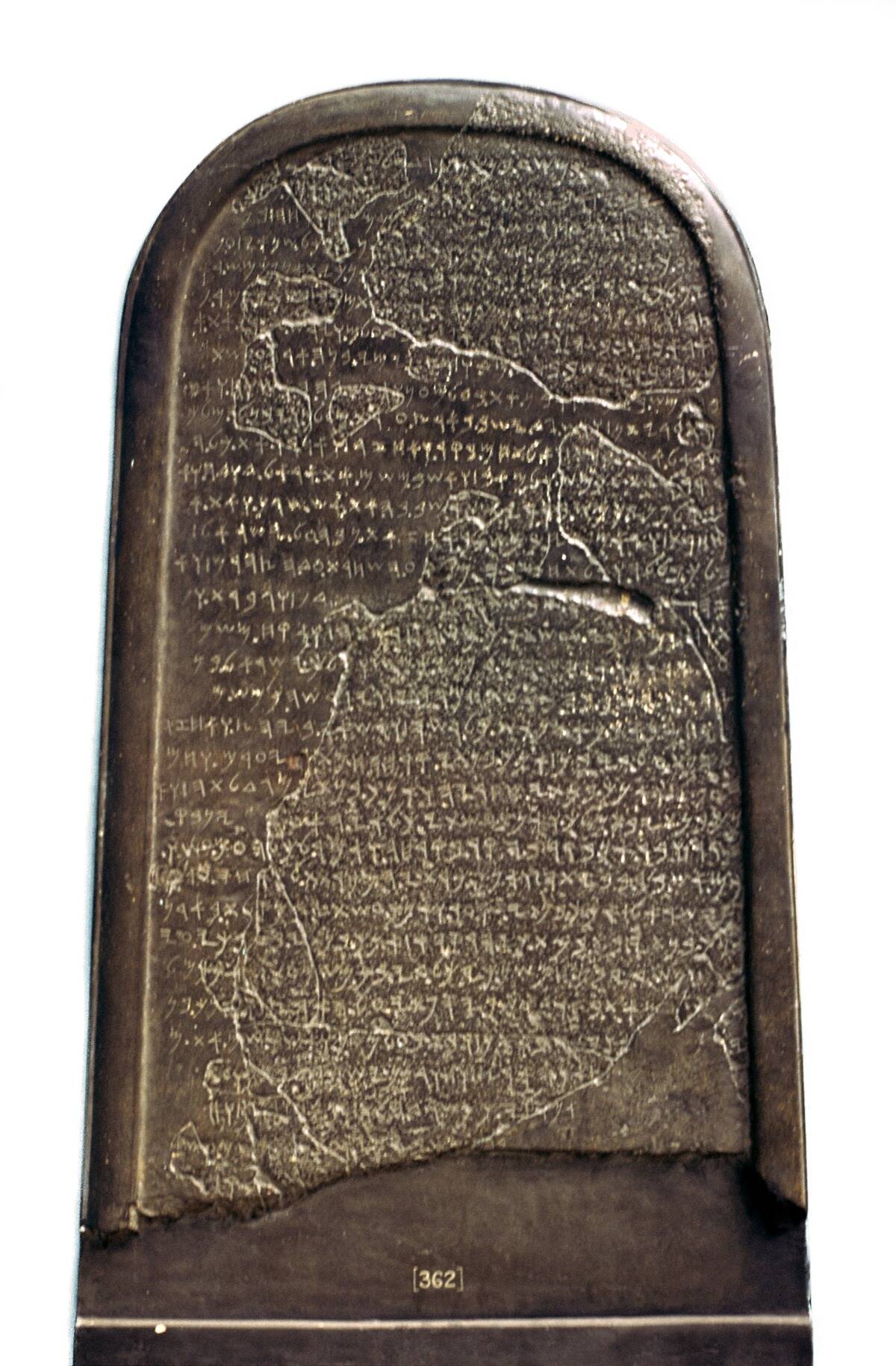
King David, a central figure in biblical history, has left intriguing traces in the archaeological record. The Tel Dan Stele, discovered in northern Israel, contains the phrase ‘House of David,’ marking the first mention of David outside the Bible. Although some scholars debate that the reference to David was translated properly, it’s widely accepted that both the stone fragment and the reference it makes are genuine.
This, along with other artifacts like the Mesha Stele (pictured), provides evidence of a monarchy that aligns with biblical accounts, adding layers of authenticity to the stories of David’s reign and his impact on the region.
Babylonian Exile: Historical Evidence and Accounts
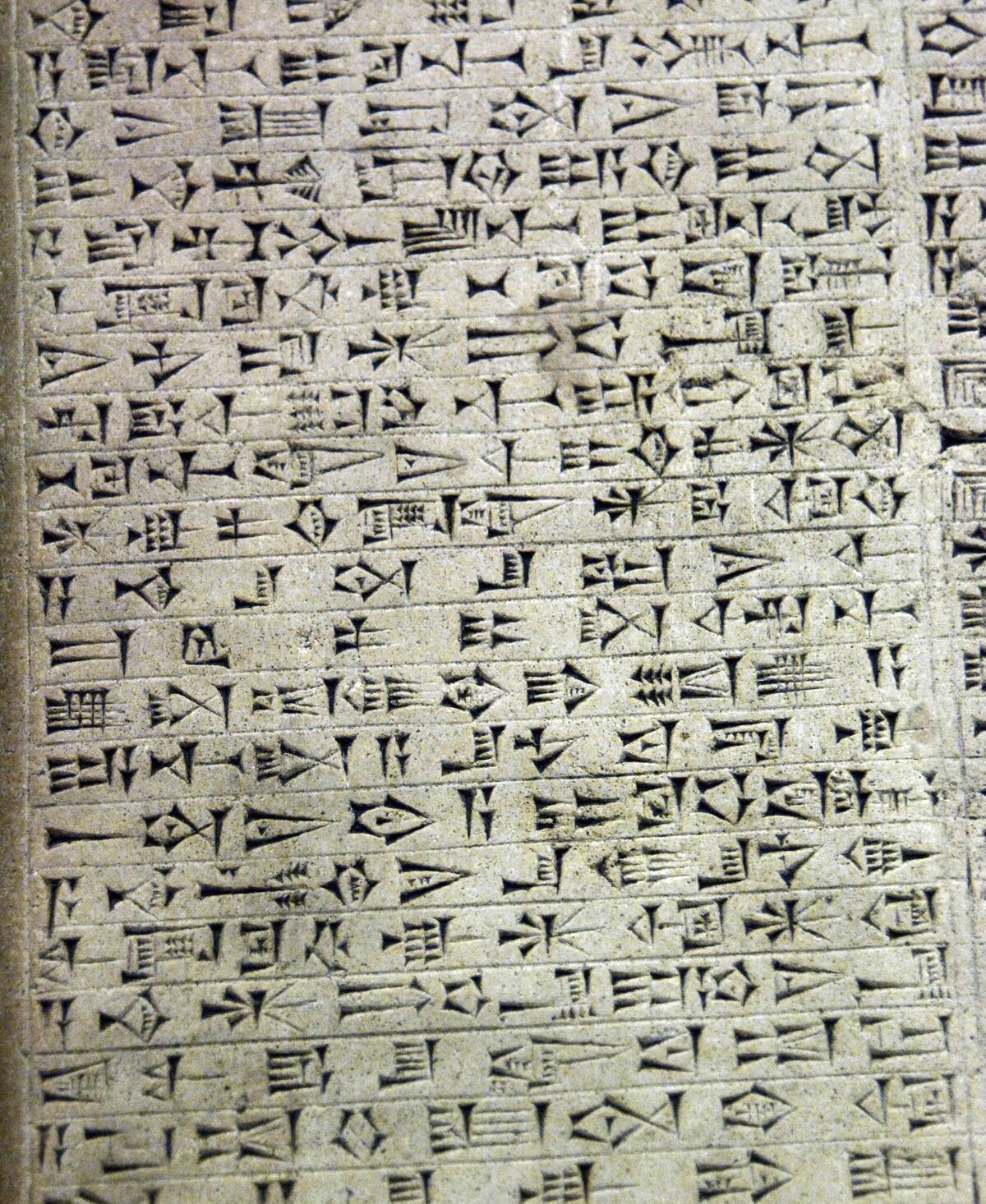
The Babylonian Exile was a significant event for the Israelites, and historical records provide evidence of this period. Babylonian cuneiform tablets, such as the Babylonian Chronicles, detail the capture of Jerusalem and the deportation of its people.
These ancient records, alongside archaeological findings like the Ishtar Gate of Babylon, paint a vivid picture of life during the exile, offering a historical perspective that complements the biblical narrative of this tumultuous era.
The Siege of Lachish: A Story in Stone
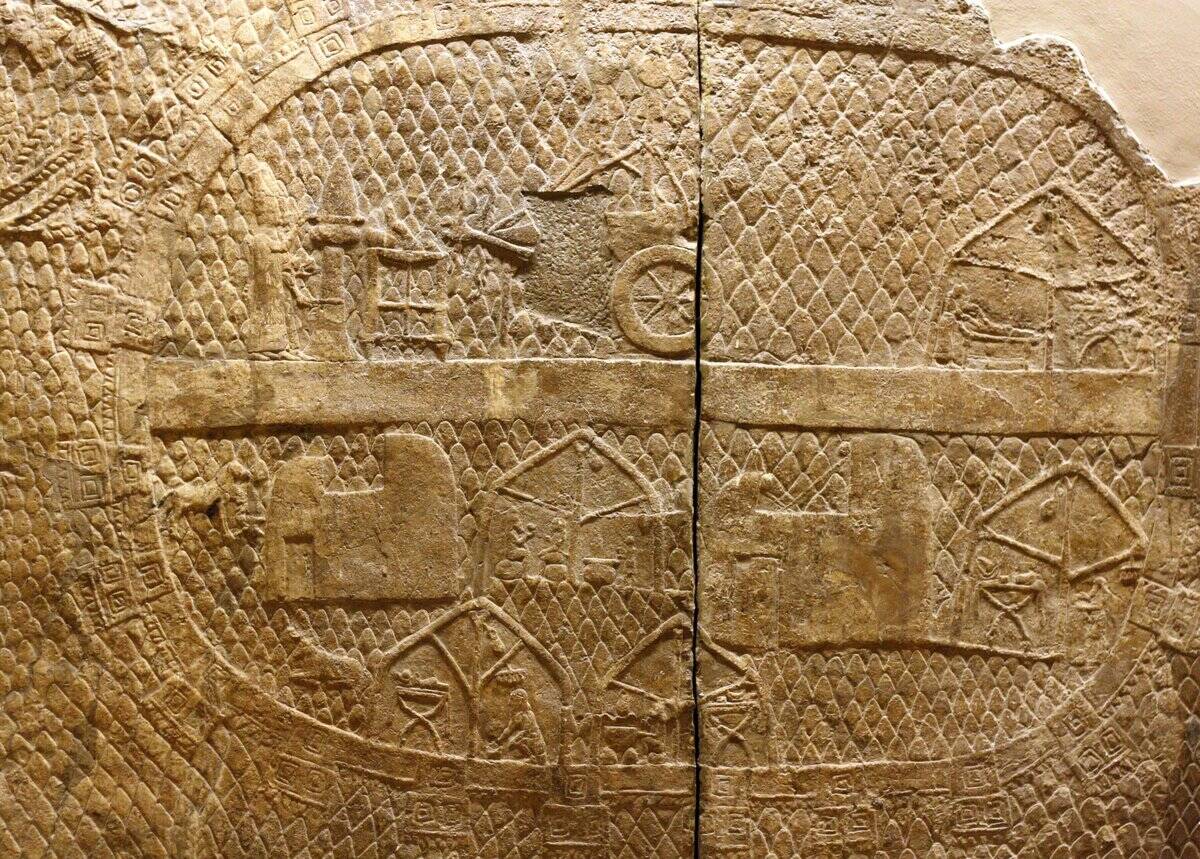
The siege of Lachish is immortalized not only in the Bible but also in Assyrian stone reliefs. Discovered in the palace of King Sennacherib in Nineveh, these reliefs vividly depict the brutal conquest of the Judean city.
Archaeological excavations at Lachish have uncovered layers of destruction that align with these accounts, providing a tangible connection to the events described. It’s a remarkable example of how art and archaeology can work together to narrate history.
Assyrian Conquest of Israel: Historical Confirmation
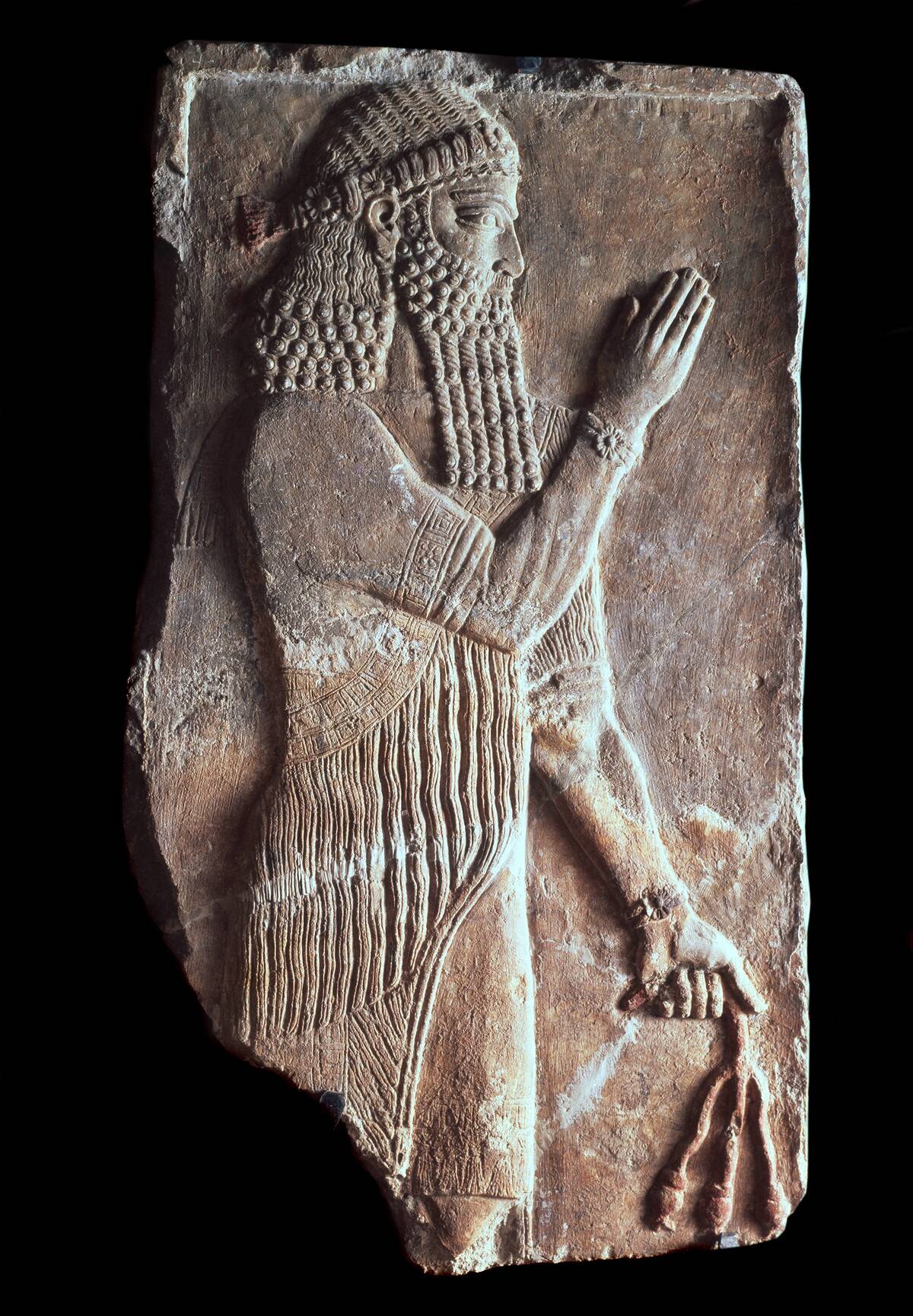
The Assyrian conquest of Israel is documented in both biblical and Assyrian sources. The annals of King Sargon II of Assyria describe the fall of Samaria and the deportation of its inhabitants, events that are mirrored in the Bible.
Archaeological evidence, such as inscriptions and relics from the period, further corroborates these events, providing a historical framework that at least partially corroborates the biblical narrative of the Assyrian dominance over the northern kingdom of Israel.
The Reign of King Hezekiah: Beyond the Bible
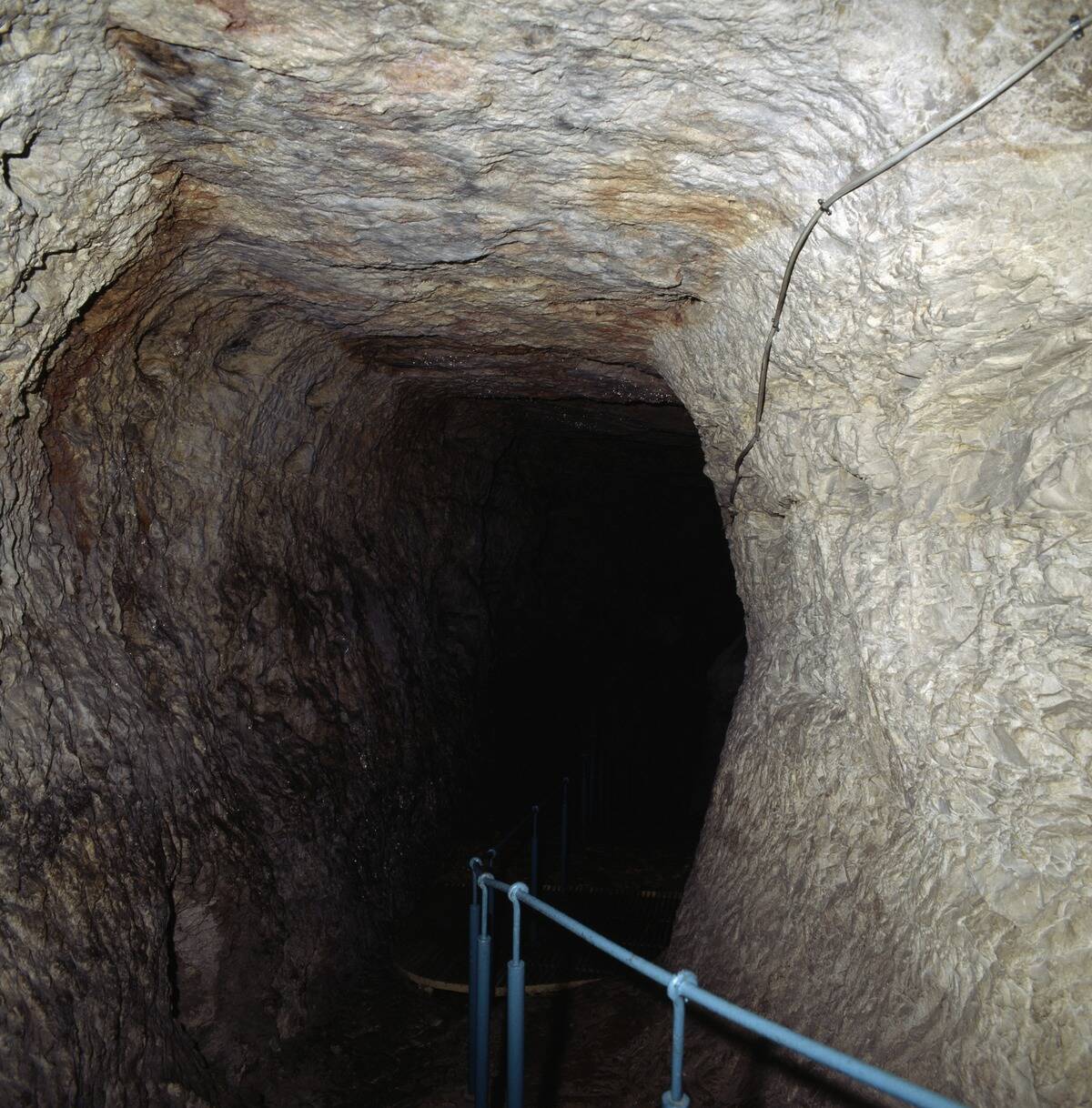
King Hezekiah’s reign is notable for its defensive innovations, famously including the construction of Hezekiah’s Tunnel in Jerusalem. This remarkable engineering feat, designed to secure the city’s water supply, still exists today and attests to the historical reality of his rule.
The Siloam Inscription, found within the tunnel, is a testament to Hezekiah’s efforts to fortify Jerusalem, providing a direct link to the events described in the Bible and highlighting his significant impact on the city’s infrastructure.
The Fall of Jerusalem: Historical Chronicles
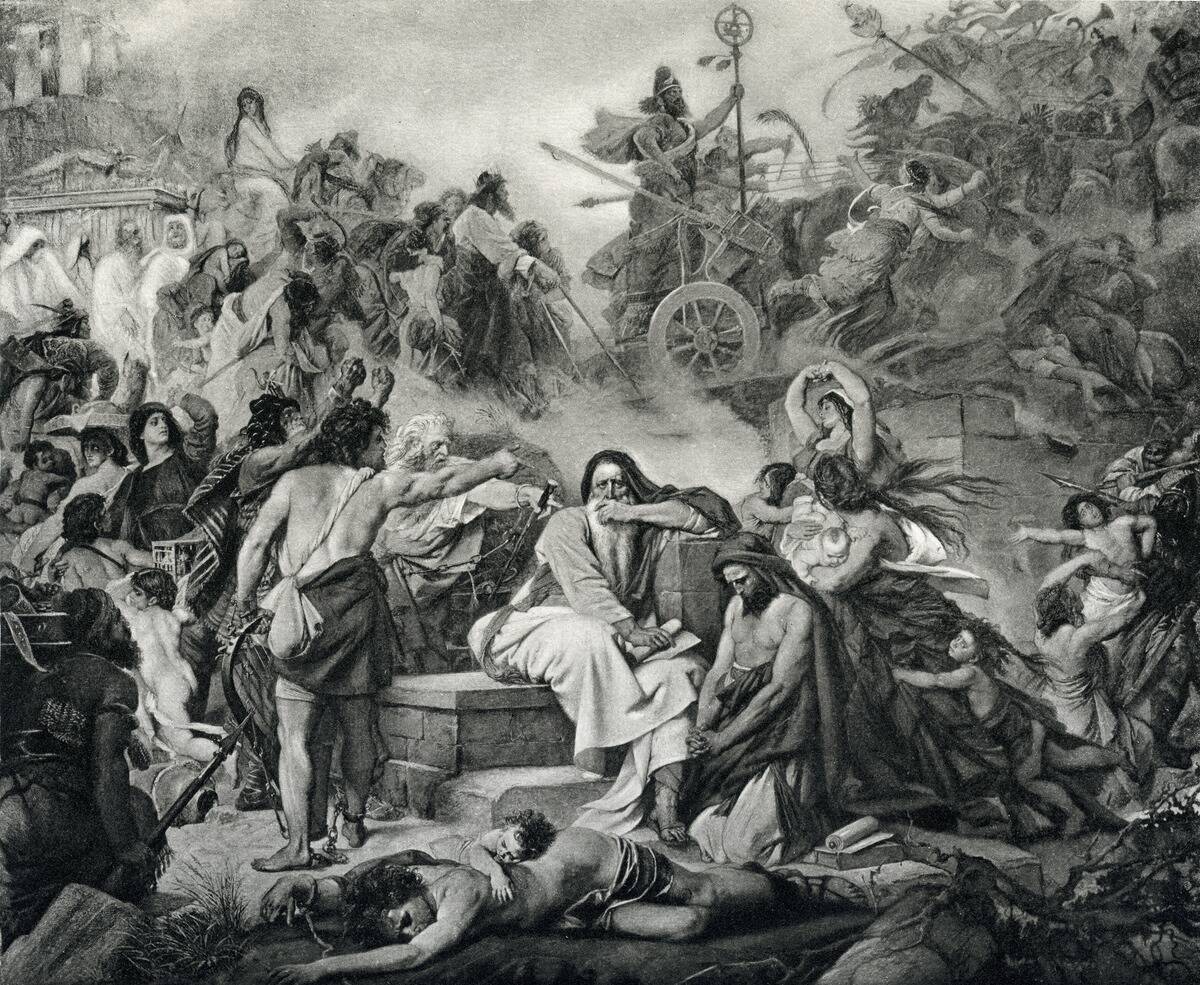
The fall of Jerusalem in 586 BCE was a cataclysmic event recorded in both biblical and Babylonian sources. The Babylonian chronicles detail the siege and capture of the city by King Nebuchadnezzar II, events corroborated by archaeological evidence such as the Babylonian clay tablets.
These historical documents provide a multifaceted view of the period, enhancing our understanding of the geopolitical forces at play and the profound impact this event had on the history of the Jewish people.
The Babylonian Captivity: Evidence from the Ruins
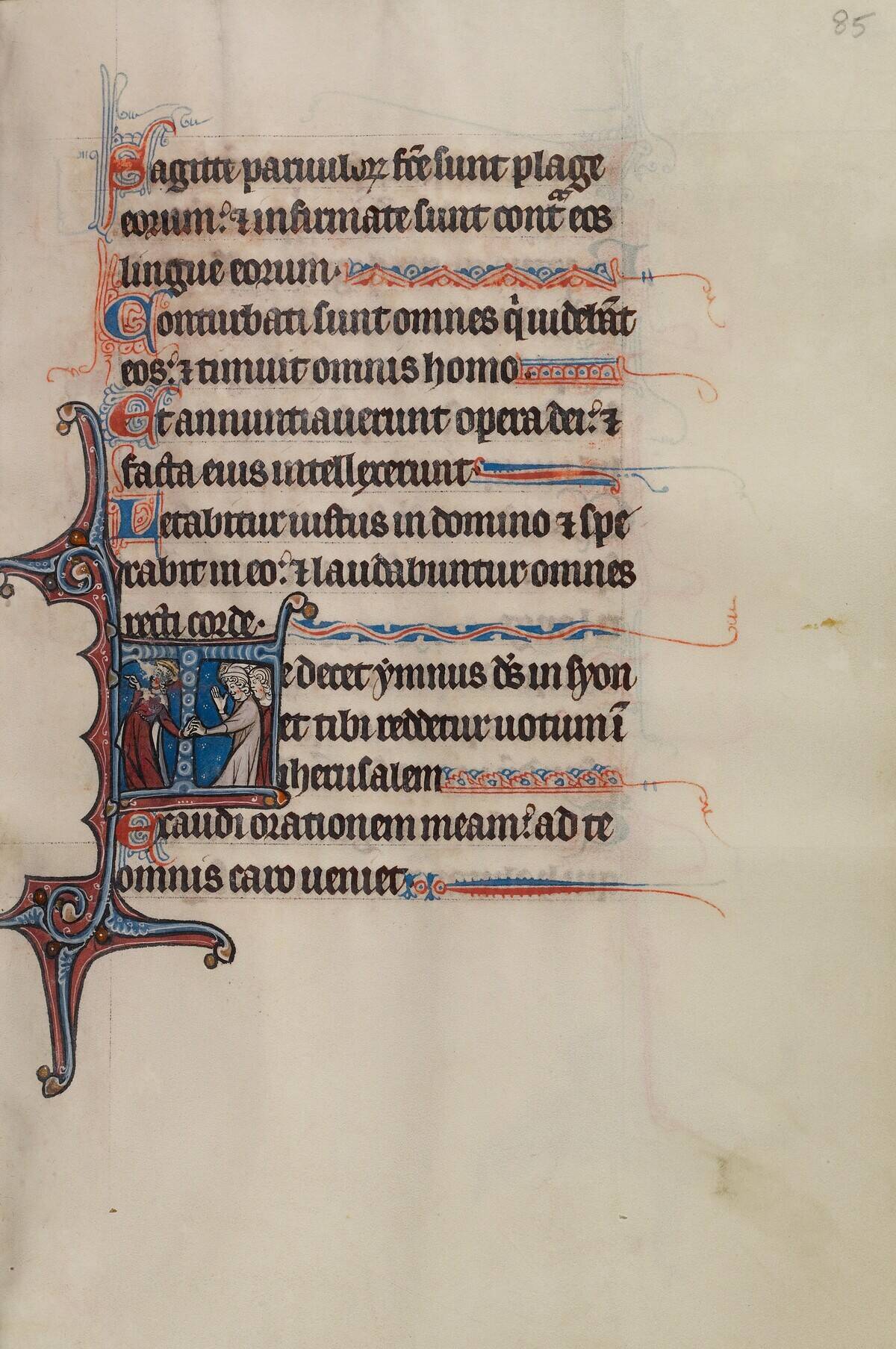
The Babylonian Captivity left an indelible mark on Jewish history, and its evidence can be found in both ruins and records. Archaeological discoveries in Babylon, including housing structures and everyday items, reflect the lives of the exiled.
These artifacts, along with Babylonian administrative texts, offer insights into the conditions faced by the captives and the cultural exchanges that occurred, painting a rich picture of a pivotal era in Jewish history.
The Existence of Pontius Pilate: Coins and Inscriptions

Pontius Pilate, the Roman prefect known for his role in the trial of Jesus, is corroborated by historical evidence beyond the Bible. The Pilate Stone, an inscription found in Caesarea, bears his name and confirms his position as prefect.
Additionally, coins minted during his tenure provide further proof of his historical presence. These artifacts offer a fascinating glimpse into the Roman governance of Judea and Pilate’s administrative role during a critical period in history.
The Destruction of the Second Temple: A Historical Event
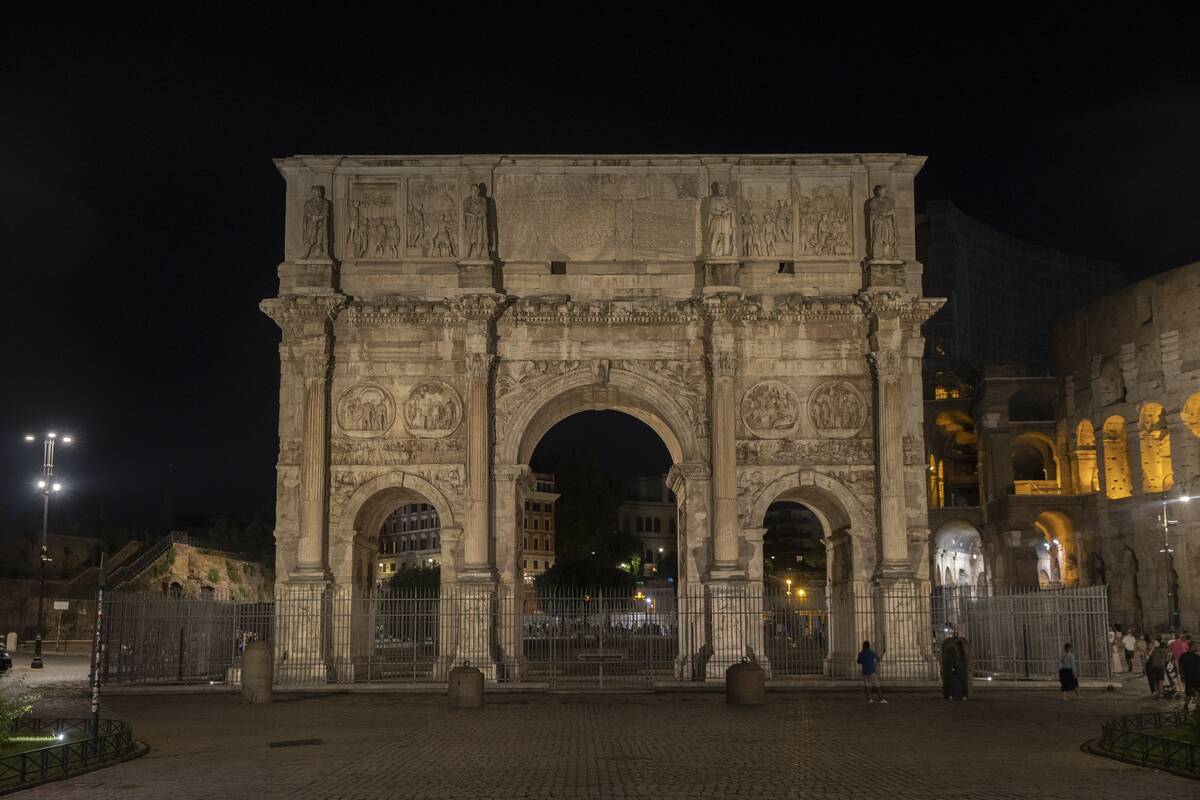
The destruction of the Second Temple in 70 CE was a momentous event in Jewish history, vividly described by the historian Josephus.
Archaeological evidence, such as the remains of the Temple Mount and the Arch of Titus (pictured) in Rome, which depicts the spoils taken from the temple, corroborates these accounts. These findings provide a tangible connection to this historical event, illustrating the profound impact it had on Jewish culture and the diaspora.
The Great Fire of Rome: Context and Confirmation
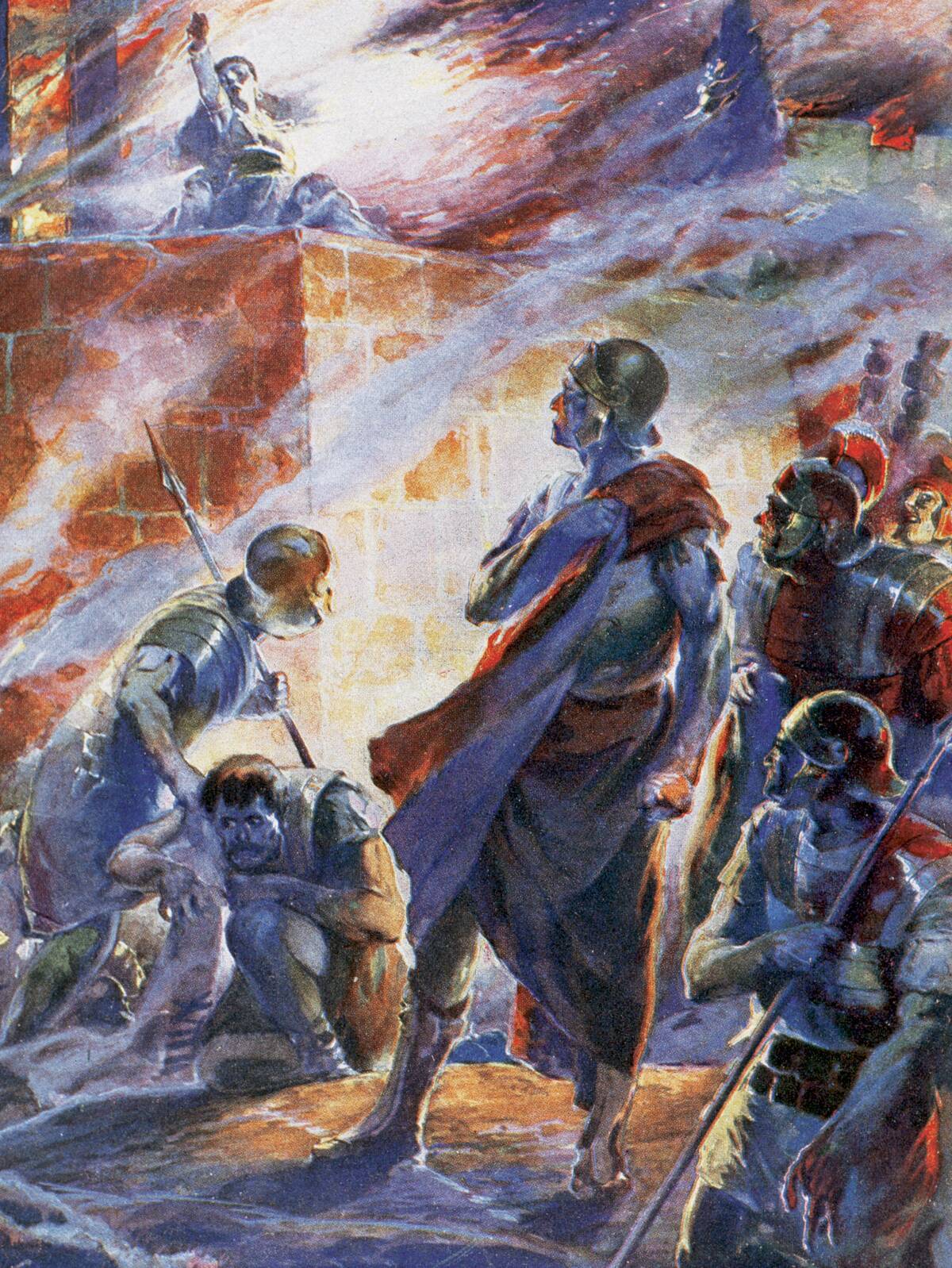
The Great Fire of Rome in 64 CE, famously blamed on the Christians by Emperor Nero, is well-documented in Roman historical accounts. Tacitus, a Roman historian, provides a detailed description of the fire’s devastation and the aftermath, offering insights into the political climate of the time.
These records, along with archaeological findings of the fire’s impact, confirm the historical reality of the event and its significant influence on early Christian persecution.
The Life and Death of Herod the Great: Archaeological Insights
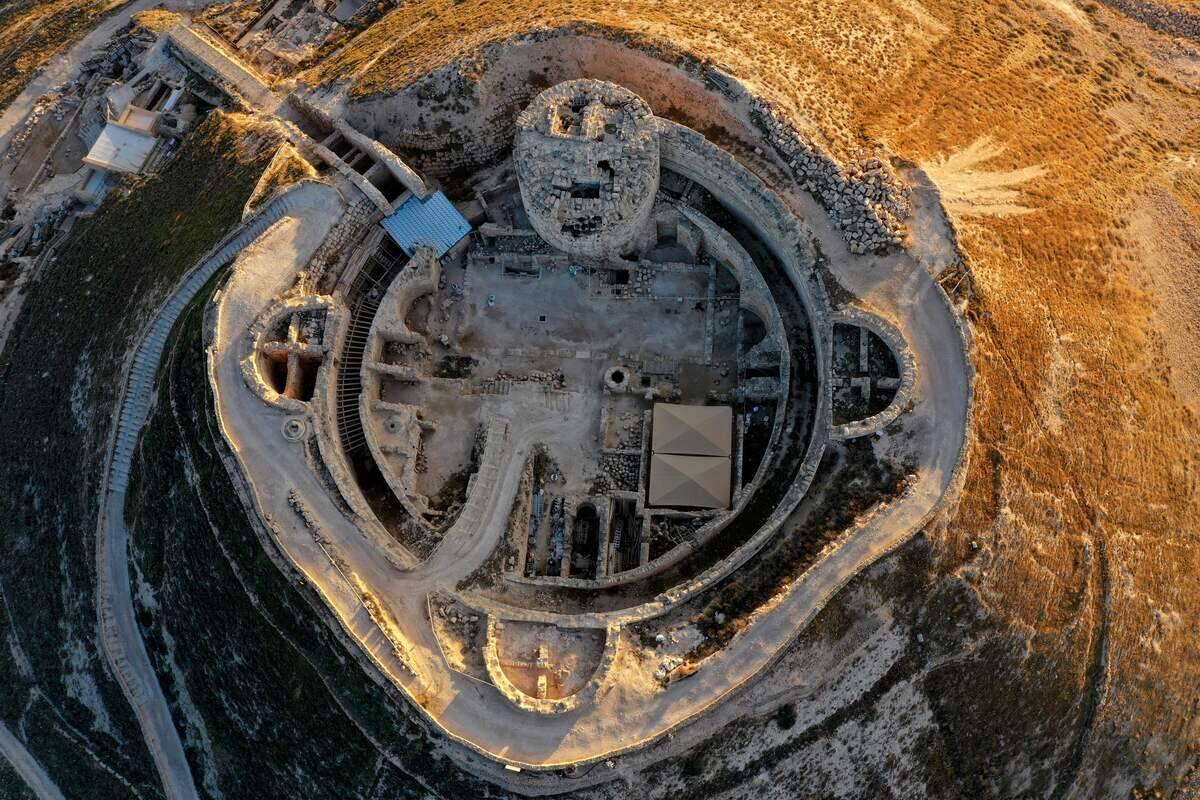
Herod the Great, known for his extensive building projects, left a considerable archaeological legacy. Sites like the Herodium and the expansion of the Second Temple in Jerusalem showcase his architectural prowess.
These findings highlight Herod’s influence on the region’s infrastructure and offer a glimpse into the opulence and complexity of his reign, bridging the gap between biblical narratives and historical reality.



